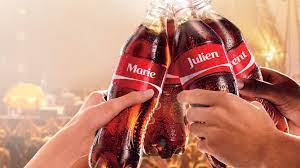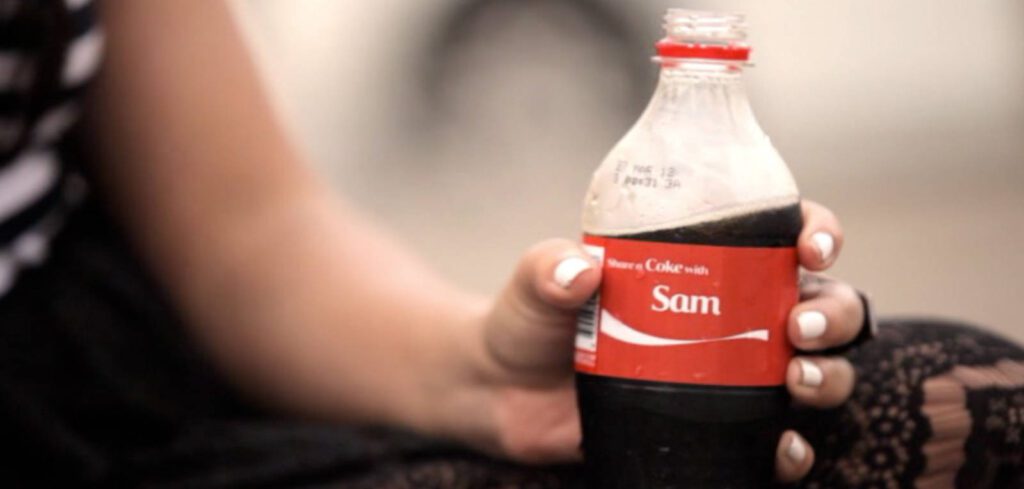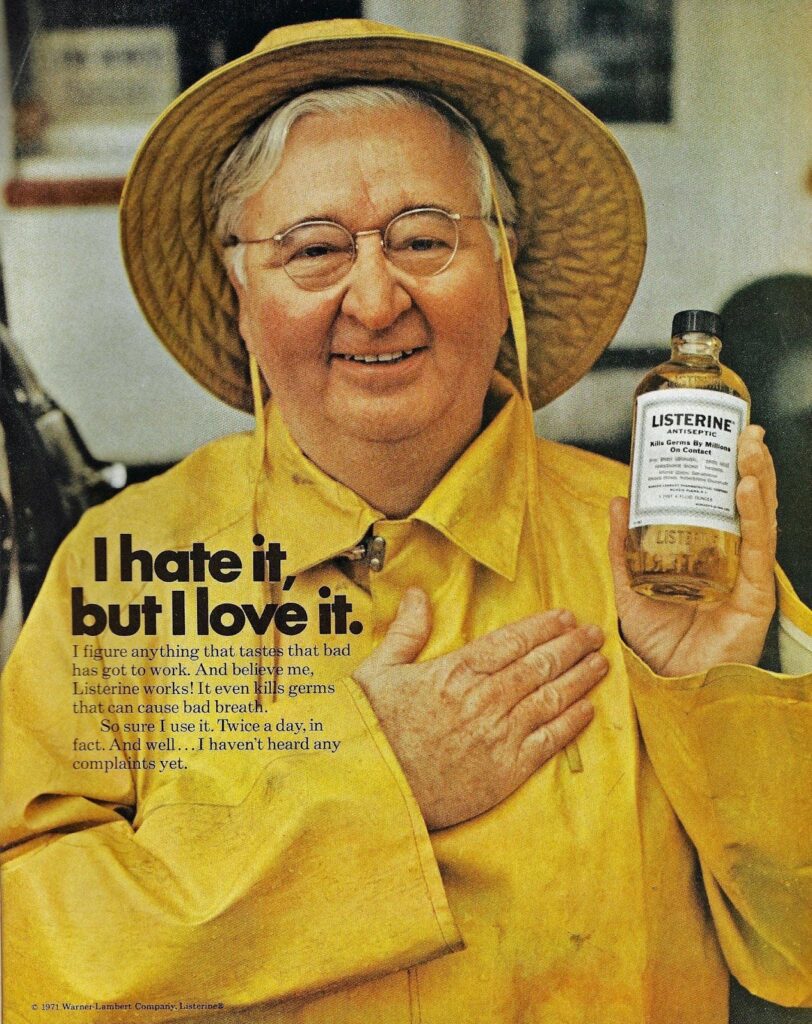Iconic Ad/ Campaign: Coca Cola – Share a Coke

Our name is our identity. Putting your name is on a Coke bottle, it can’t get more personal than that!
Lucie Austin, then the director of marketing for Coca-Cola South Pacific, received a 151-word creative brief in 2011 that gave marketing carte blanche to come up with an innovative idea that would and grab Australia’s attention.
While teens and young adults appreciated the fact that Coca-Cola was well-known and well-liked, many felt that Coke was not speaking to them. Australians are known for their egalitarianism. “Tall poppy syndrome” is a term used to describe a condition. Anyone who grows too large for their boots is cut down like a tall poppy.
The campaign was pitched by five agencies.
Despite the short deadline, the response was overwhelming. The second agency to pitch to Coca-Cola used an eye-catching visual: a wall of horizontally stacked Coca-Cola cans, each with a name written in the Spencerian typeface. The incumbent agency, Ogilvy, arrived fifteen minutes later and delivered the identical proposal in the same manner. It was a strange coincidence… one of the strangest moments in advertising history. Coke ultimately chose their current agency, Ogilvy, because of their lengthy connection with them.
While Ogilvy worked as a team, Omid Amidi and Alex Stainton were in charge of the creatives.
When they had to bring the idea to life and solve the “how,” they unleashed their true creativity. The names were originally intended to be printed in the customary “Coca-Cola” Spencerian script. Due to legal difficulties, they were unable to do so, therefore they produced a brand-new typeface based on the “Coke” logo. It’s named the “You” font because it’s focused on you, the customer, rather than Coca-Cola. They also had to spend a long time figuring out how to get the Coke red hue exactly correct on the digital printers we used to name the packs.
The resulting campaign, dubbed “Share a Coke” internally because it aimed to deepen the brand’s link with Australia’s young people as well as promote shared moments of delight in the real and virtual worlds, was dubbed “Project Connect.” By replacing Coke logos on bottles and cans with the 150 most popular monikers in Australia, the first-of-its-kind campaign honoured the power of the first name in a humorous, social way.
They did a second release as the campaign grew in popularity, allowing customers to vote on the following wave of names.
And it was successful.
In a country with a population of just under 23 million people, Coke sold more than 250 million named bottles and cans that summer. Since then, the campaign has spread throughout the globe, reaching more than 70 nations to date.





